Teaching myths in schools can unintentionally mislead students and shape their understanding of the world in problematic ways. In American schools, certain misconceptions about animals and nature persist, despite being debunked by science. These myths can skew perceptions and lead to the spread of misinformation, hindering a more profound appreciation and understanding of the natural world. Here is a list of 14 myths still taught in schools, shattering them with facts that encourage a deeper connection to nature.
1. Bats Are Blind

You’ve probably heard the phrase “blind as a bat,” but it’s a misnomer that continues to fly under the radar in classrooms. Bats are far from blind; in fact, they have very keen eyesight, which they use in conjunction with echolocation to navigate and hunt for food in the dark. Echolocation is a sophisticated biological sonar system that allows them to detect objects using sound waves. The myth likely stems from the misunderstanding of echolocation, interpreted as reliance due to poor vision.
Scientific studies have shown that many bat species, like fruit bats, rely heavily on their vision, especially in low-light conditions where their eyes are adapted to see. The Smithsonian Institution points out that some bats even have excellent color vision and can see better than humans in dim light. So next time someone says they’re as blind as a bat, you might want to suggest they dust off their biology textbook.
2. Goldfish Have a Three-Second Memory
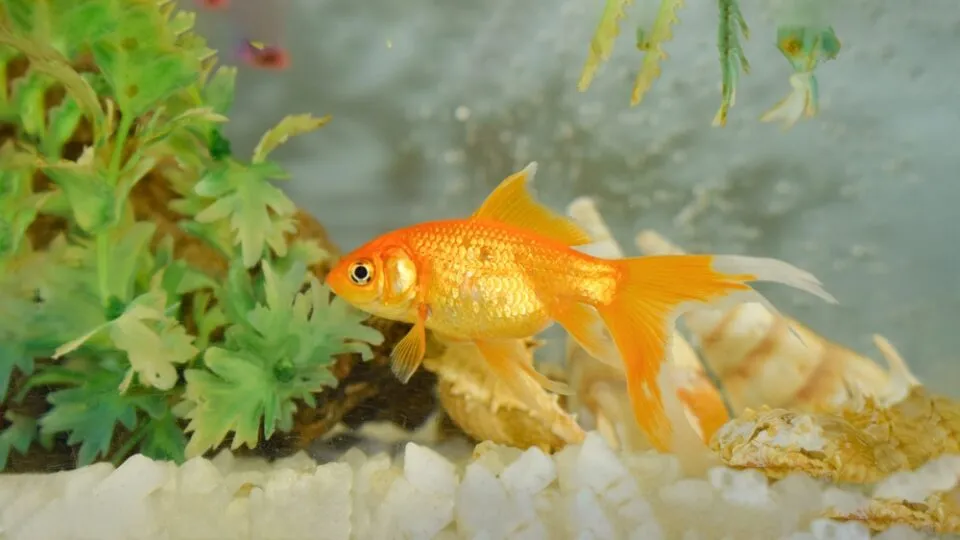
It’s a popular belief that goldfish suffer from extreme short-term memory loss, living in a world of constant surprise. This myth has been debunked by numerous studies, which suggest that goldfish can remember things for months. You might notice your goldfish anticipating feeding time or recognizing their owner’s face, which reflects their memory capabilities. These behaviors display a level of cognition more complex than the myth suggests.
In reality, goldfish are quite adept at learning and remembering routines, environments, and even simple tricks. In one experiment, goldfish were trained to press a lever to release food, and they remembered this task weeks later. This demonstrates that even a creature with such a small brain possesses a surprisingly sophisticated memory. So, don’t underestimate your aquatic pet’s ability to learn and remember.
3. Touching a Baby Bird Will Make Its Mother Reject It
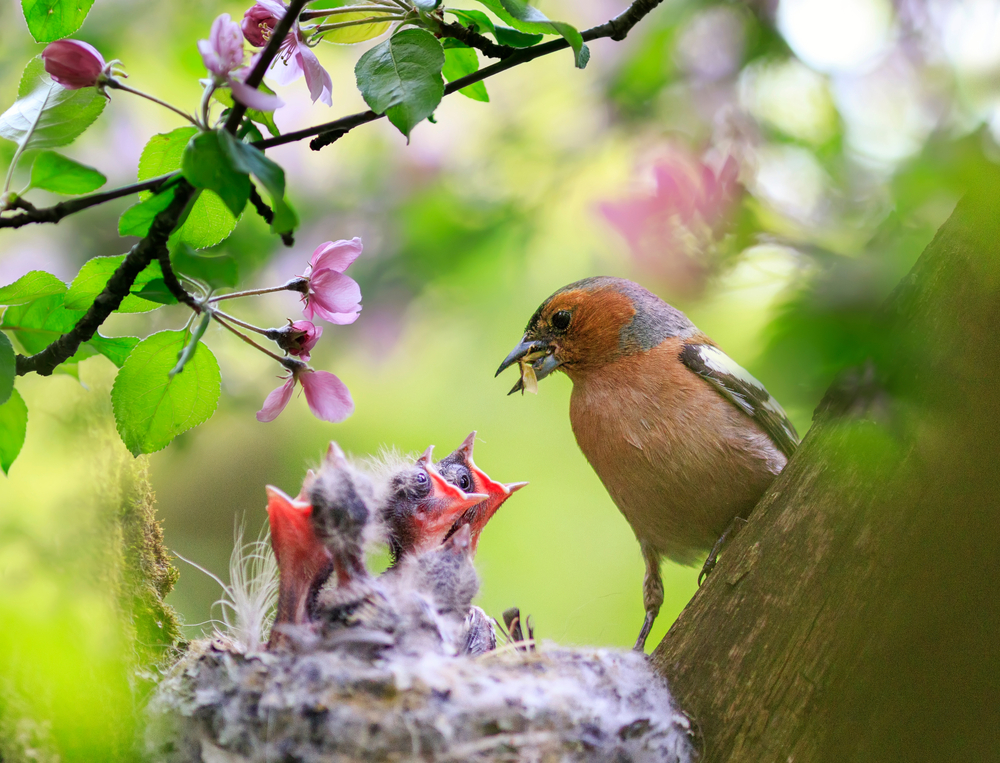
This myth has been a deterrent for many would-be rescuers of seemingly abandoned baby birds. The belief is that a mother bird will detect human scent and abandon its chick. However, most birds have a limited sense of smell, and they’re unlikely to notice any human scent on their offspring. A mother bird’s parental instincts are driven by the needs of her chicks rather than an aversion to new scents.
According to ornithologists, such as those from the Cornell Lab of Ornithology, birds are more likely to stay with their young unless there is an immediate threat. Handling should still be minimized to avoid stress or injury to the bird, but if you do need to move a chick to safety, rest assured the mother will not reject it because of your touch. So, if you see a baby bird in distress, feel empowered to help without fear of abandonment.
4. Chameleons Change Color to Match Their Environment
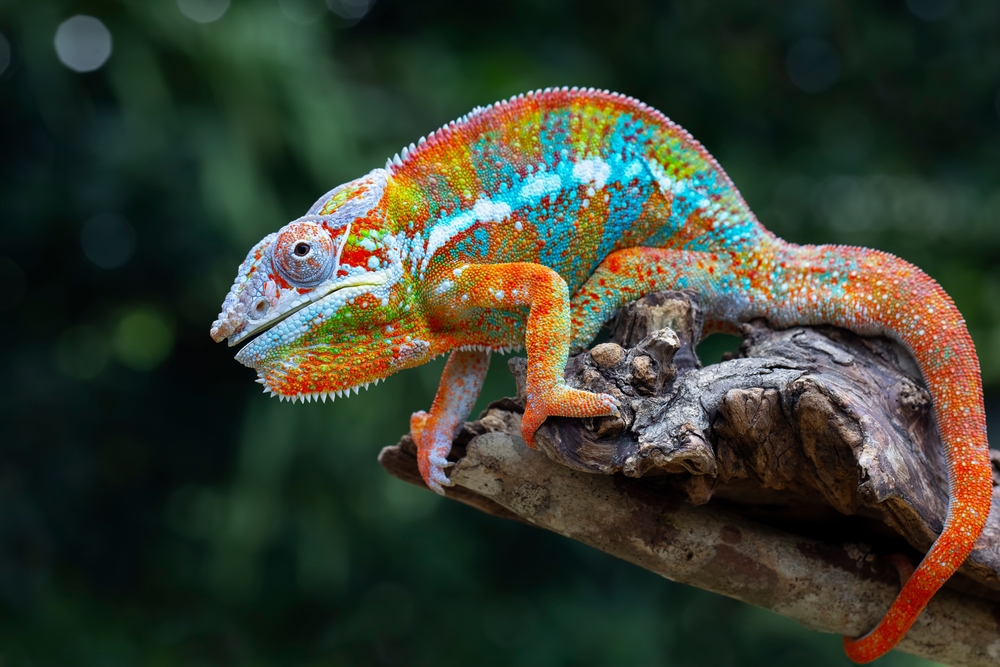
The idea that chameleons change color solely to blend into their surroundings is a colorful exaggeration. In truth, these reptiles primarily change hues for social signaling and temperature regulation. You might notice a chameleon shifting its shades during a social encounter, acting like its own mood ring to express aggression, fear, or mating intentions. Color change can also help them absorb more heat or cool down, adapting to the ambient temperature.
Chameleons possess specialized cells called chromatophores that allow them to alter their skin pigmentation. National Geographic explains that these cells expand or contract to show different colors, allowing for a dynamic and rapid transformation. While providing some level of camouflage, the primary purpose of these color changes is much more complex and fascinating than just blending in.
5. Dogs See Only in Black and White

Contrary to the old black-and-white notion, dogs actually perceive the world in a spectrum of colors, albeit differently from humans. Canine eyes have two types of color receptors or cones, primarily allowing them to see shades of blue and yellow. This means they lack the ability to perceive reds and greens, which may appear as shades of gray or brown to them. Therefore, the world is not colorless for dogs; it’s just a different palette.
Research conducted by the American Kennel Club highlights how dogs’ vision is adapted to their needs, enhancing their ability to detect motion and see well in low light. Understanding the nuances of their vision can help you choose toys and accessories that they perceive more vividly. So next time you toss a ball, make it blue or yellow to ensure your furry friend gets the full visual experience.
6. Ostriches Bury Their Heads in the Sand to Avoid Danger
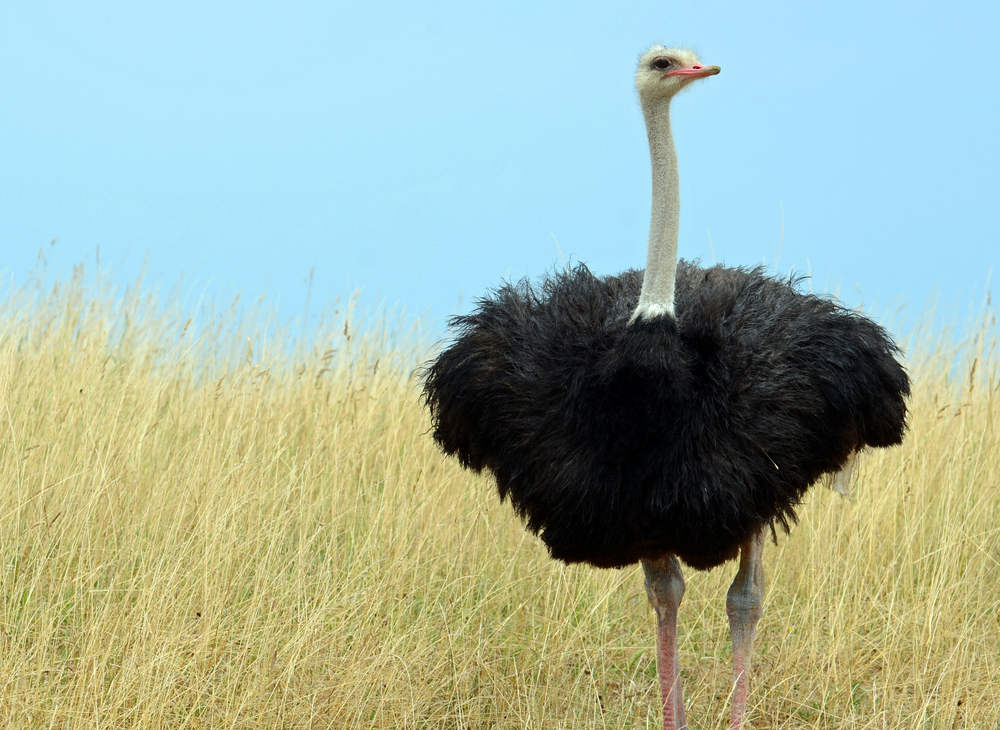
The image of an ostrich with its head buried in the sand, hoping a threat will pass, is a classic yet incorrect depiction. This myth likely arose from the ostrich’s behavior of lying low and pressing its head to the ground when sensing danger. In reality, ostriches are more likely to use their incredible speed and powerful legs to escape predators. They also dig holes in the ground to turn their eggs, giving the appearance from a distance that they are burying their heads.
Ostriches have acute senses and long necks, allowing them to detect predators from far away. They can run up to 45 miles per hour, making them well-equipped to evade threats. So, rather than burying their heads, ostriches are more likely to face danger with a strategic sprint or a powerful kick.
7. Bulls Get Angry When They See the Color Red
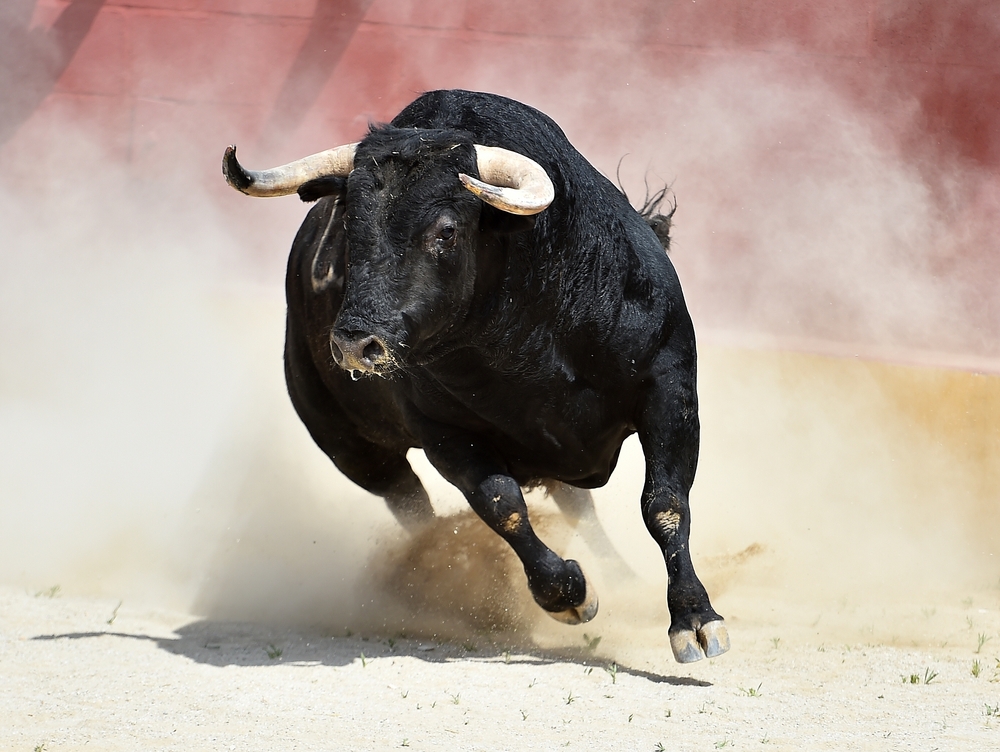
Bulls charging at a matador’s red cape is an iconic image, but the color red isn’t what incites their aggression. Bulls, like other cattle, are essentially dichromats, meaning they can’t see red. What actually provokes them is the movement of the cape, which they interpret as a threat. The notion of bulls seeing red is more theatrical flourish than biological fact.
PLOS ONE, a peer-reviewed scientific journal, published research showing that bulls react to the waving of the cape, not its color. This myth likely persists due to the dramatic tradition of bullfighting, where red capes are used for visual impact. Next time you hear someone mention a bull’s dislike for red, you can confidently tell them that it’s all about the motion, not the hue.
8. Daddy Longlegs Are the Most Poisonous Spiders
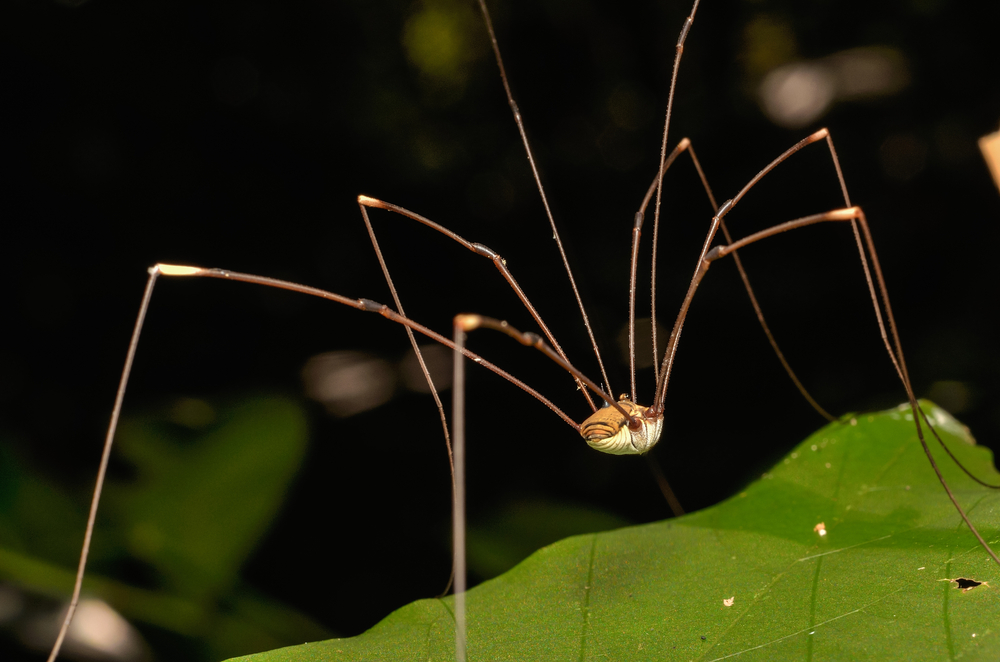
If you grew up fearing the daddy longlegs for its mythical venomous bite, here’s some clarity. Despite their reputation, these arachnids are not even true spiders, and there’s no evidence to suggest they possess venom capable of harming humans. They belong to a group known as harvestmen and lack fangs that can pierce human skin. Their primary defense mechanism is their long legs, which they use to escape predators.
The myth may stem from confusion with cellar spiders, which look similar but are also harmless to humans. In truth, daddy longlegs are beneficial creatures that help control pest populations. So, if you see one skittering across your wall, rest assured it’s more an ally than a threat.
9. You Can Determine a Tortoise’s Age by Its Shell Rings
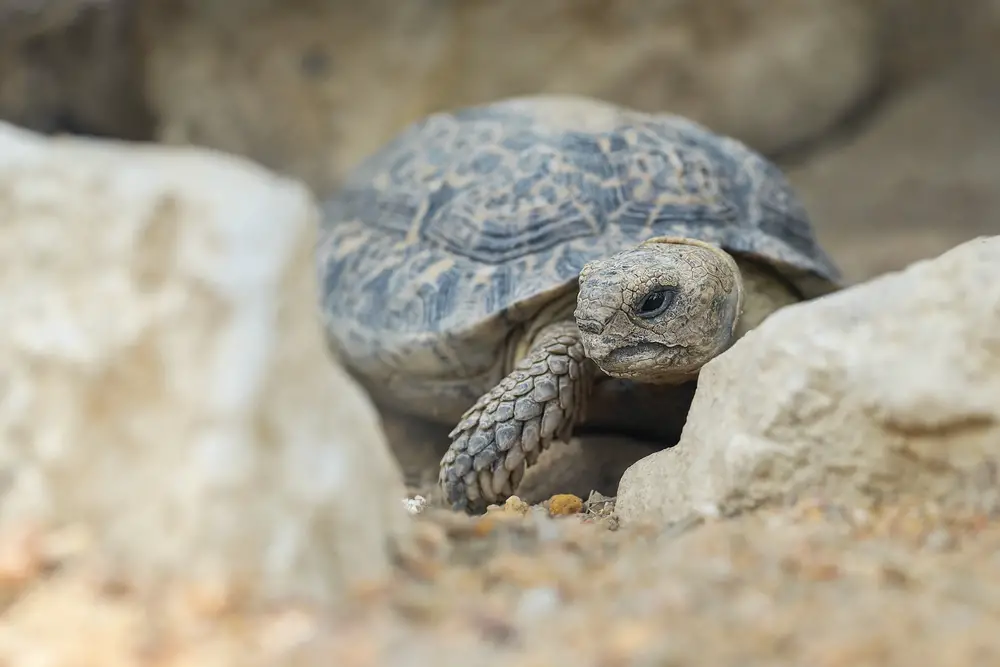
The belief that you can count a tortoise’s age by the rings on its shell is a common misconception. While tortoises do have growth rings, much like trees, these rings don’t reliably indicate age. Growth rings can appear during times of abundance or scarcity, influenced by factors such as diet and environment. As a result, a tortoise’s growth rings might represent months, years, or none at all.
Biologists suggest that while shell rings can give a rough estimate of age, they are not a precise method. To accurately determine a tortoise’s age, one must consider various factors, including its size, species, and known history. So next time someone proposes counting rings, you’ll know it’s not as straightforward as it seems.
10. Penguins Mate for Life
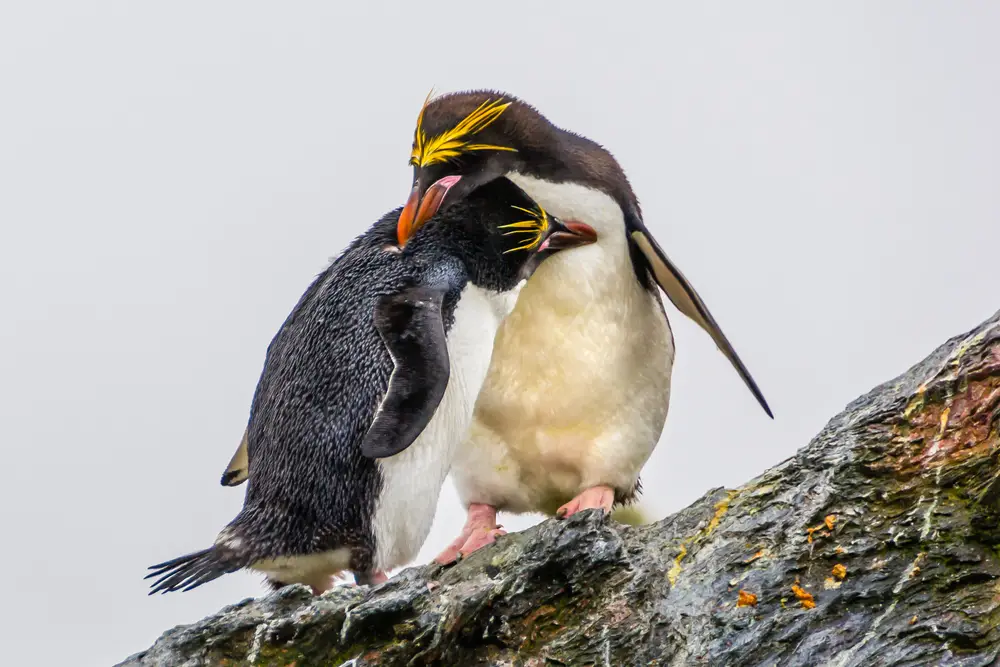
The idea of penguins as paragons of monogamy is heartwarming but mostly myth. While some penguin species form long-term bonds, others do not always stay with the same partner season after season. Environmental factors and the need to find a mate quickly can lead penguins to switch partners. These dynamics are more complex than the “mate for life” narrative suggests.
Research from the University of Washington found that while certain species, like the Emperor penguin, may return to the same partner if both survive, others, such as the Adélie penguin, often choose new mates. Monogamy in penguins is more a strategy for survival and raising offspring than a romantic ideal. Understanding these nuances can deepen your appreciation of these resilient birds.
11. Lemmings Commit Mass Suicide
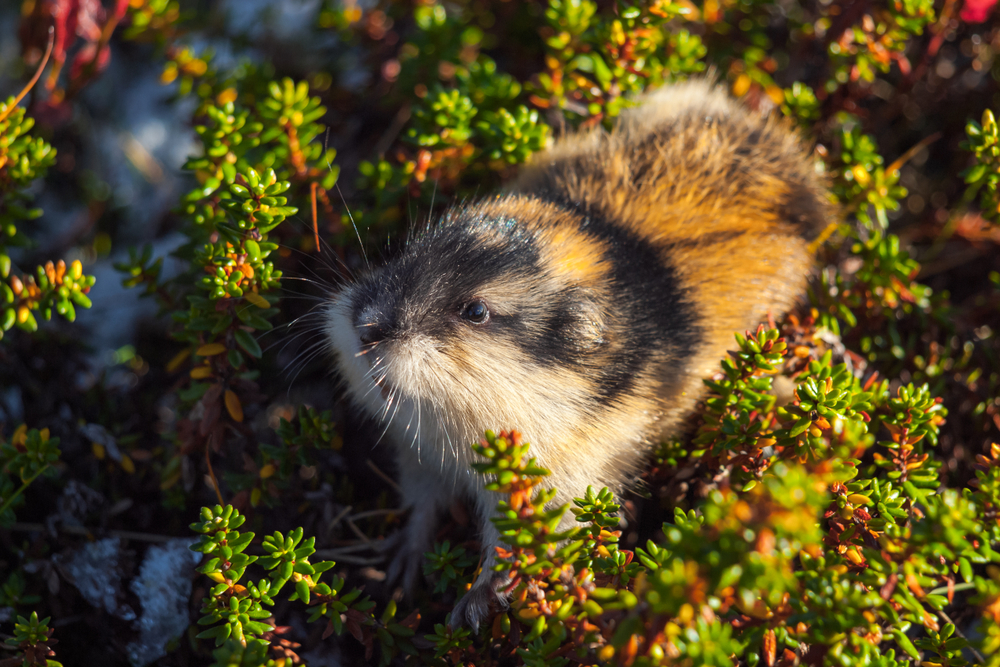
The myth of lemmings collectively hurling themselves off cliffs is a tragic misunderstanding perpetuated by misconceptions and sensationalized media. Lemmings are small rodents known for their population booms and subsequent migrations, which can result in accidental drownings as they search for new habitats. However, this behavior is not a deliberate act of suicide. The myth was popularized by documentaries and stories that misrepresented these natural phenomena.
In reality, lemmings are focused on survival, and their mass movements are a response to overcrowding and food scarcity. The Canadian Wildlife Federation notes that these migrations are vital for maintaining ecological balance. By dispelling the myth, we can appreciate the intricate survival strategies of these small creatures rather than viewing them through a lens of fiction.
12. Sharks Must Keep Swimming to Stay Alive
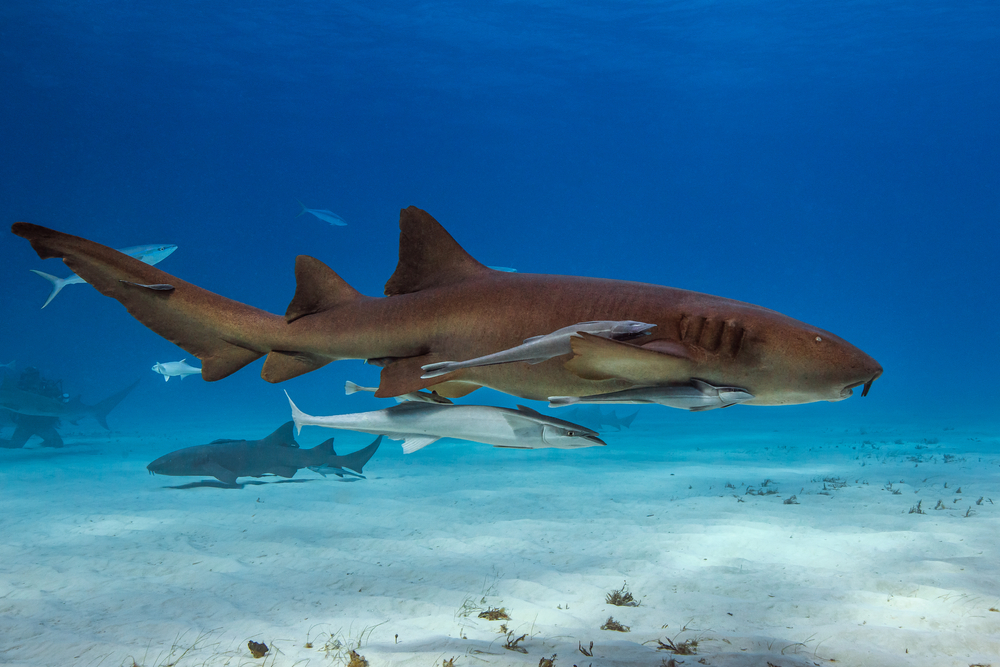
While it’s often said that sharks must swim continuously to breathe and survive, this statement isn’t universally true. Some sharks, like the great white, do need to keep moving to push water over their gills, a process called obligate ram ventilation. However, many species have evolved alternative methods, such as buccal pumping, a way of drawing water into their mouths while stationary. This variance among species challenges the one-size-fits-all narrative.
For instance, nurse sharks are known to rest on the ocean floor for extended periods without swimming. The understanding of shark respiration is vital for conservation efforts, emphasizing the need to protect their diverse habitats. By recognizing these differences, you can appreciate the adaptability and complexity of these ancient marine creatures.
13. Camels Store Water in Their Humps

The notion that camels store water in their humps is a classic misconception. In truth, their humps are reservoirs of fatty tissue that provide energy, not water. This adaptation allows camels to survive long periods without food, a critical trait in their arid habitats. What makes camels remarkable is their ability to conserve water and endure extreme dehydration without compromising bodily functions.
Camels can drink large quantities of water quickly when it is available, storing it in their bloodstream and other tissues. National Geographic explains that a camel’s unique physiology enables it to lose water efficiently and survive in harsh desert climates. Understanding these adaptations helps dispel the myth and highlights their incredible survival skills.
14. Wolves Howl at the Moon

The romanticized image of a wolf howling at the moon is more poetic narrative than reality. Wolves howl for various reasons, such as communicating with their pack, marking territory, or coordinating hunting activities. The association with the moon likely arises from the fact that wolves are more active at night, and their howls are more audible in the stillness. These vocalizations are not directed at the moon but serve as a social and survival tool.
Wolves’ howling is a sophisticated form of communication that can convey complex messages over great distances. According to the International Wolf Center, howling helps maintain the structure and cohesion of their packs. Embracing the truth behind their vocalizations allows you to appreciate the intricate social dynamics of these fascinating creatures.
